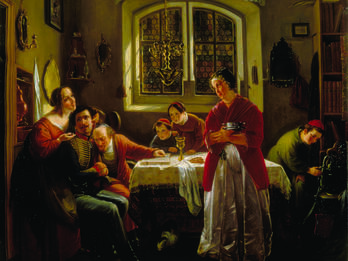Annunciation
Anton Raphael Mengs
1767
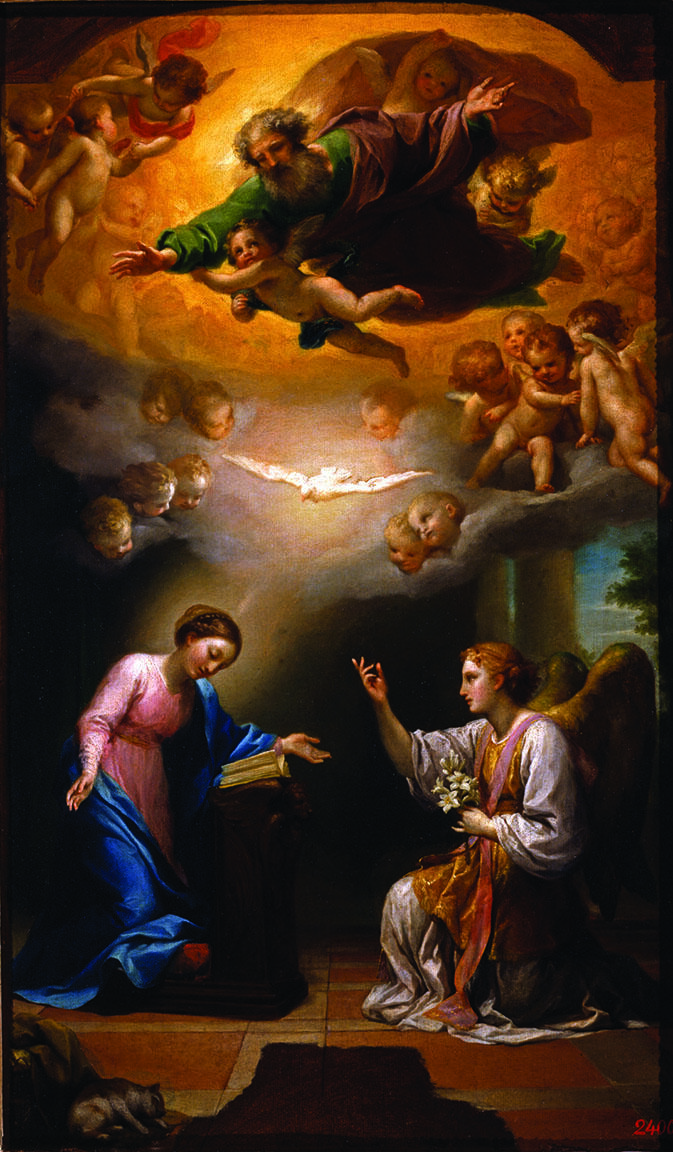
Creator Bio
Anton Raphael Mengs
Anton Raphael Mengs, son of Ismael Israel Mengs (1688–1764), a Dresden court painter who had converted to Protestantism, was a pioneer of the neoclassical style. In his time, he was celebrated as the greatest living painter. Among Mengs’s most notable works are the ceiling fresco Parnassus with Apollo and the Muses (1759) in the Villa Albani in Rome and the frescoes he painted for Charles III at the Palacio Real in Madrid (1762–1769 and 1774–1775). Mengs published a number of volumes on art, including the influential handbook for painters Thoughts on Beauty and Taste in Painting (1762).
Related Guide
Painters, Sculptors, and Photographers
All over the world, Jewish art reflected the hybrid nature of Jewishness, including the material circumstances and cultural milieu of the larger environment. Individual artisans and artists selected and created according to their personal and Jewish experiences.
Places:
You may also like
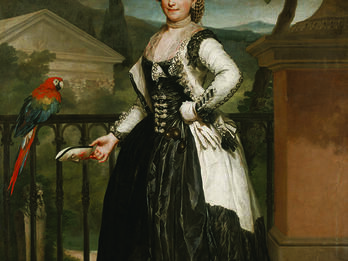
Portrait of the Marquesa de Llano
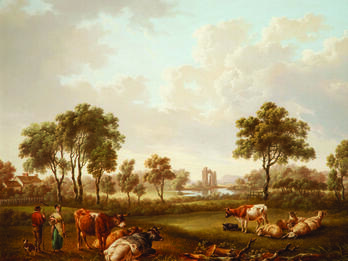
Landscape with Figures
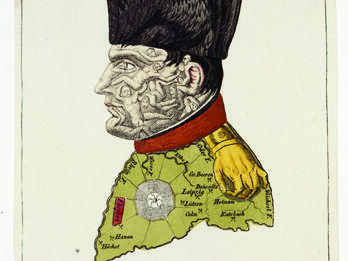
Triumph des Jahres 1813 (Triumph of the Year 1813)
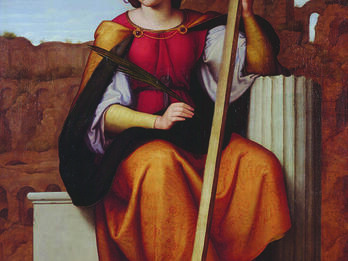
Religion
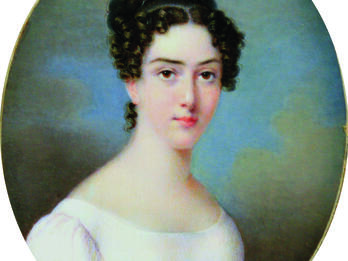
Portrait of a Girl with a Red Belt
